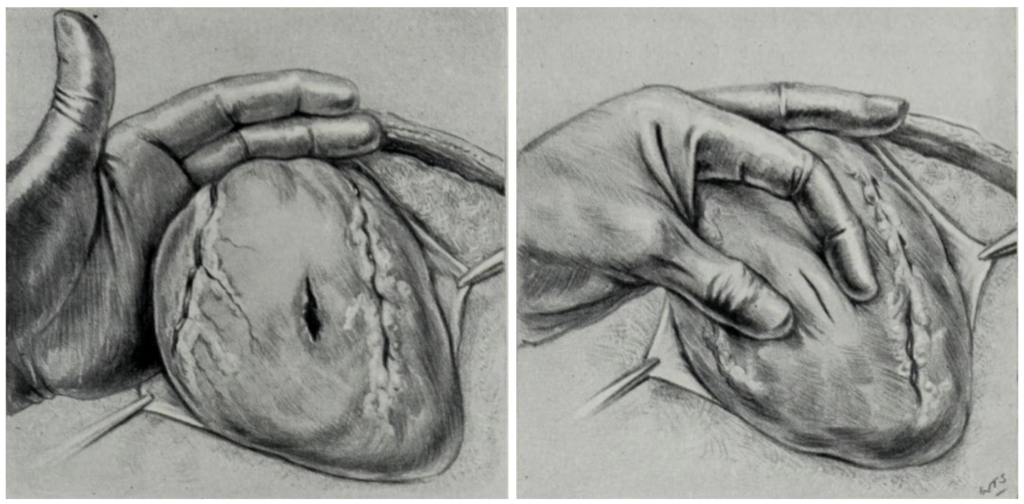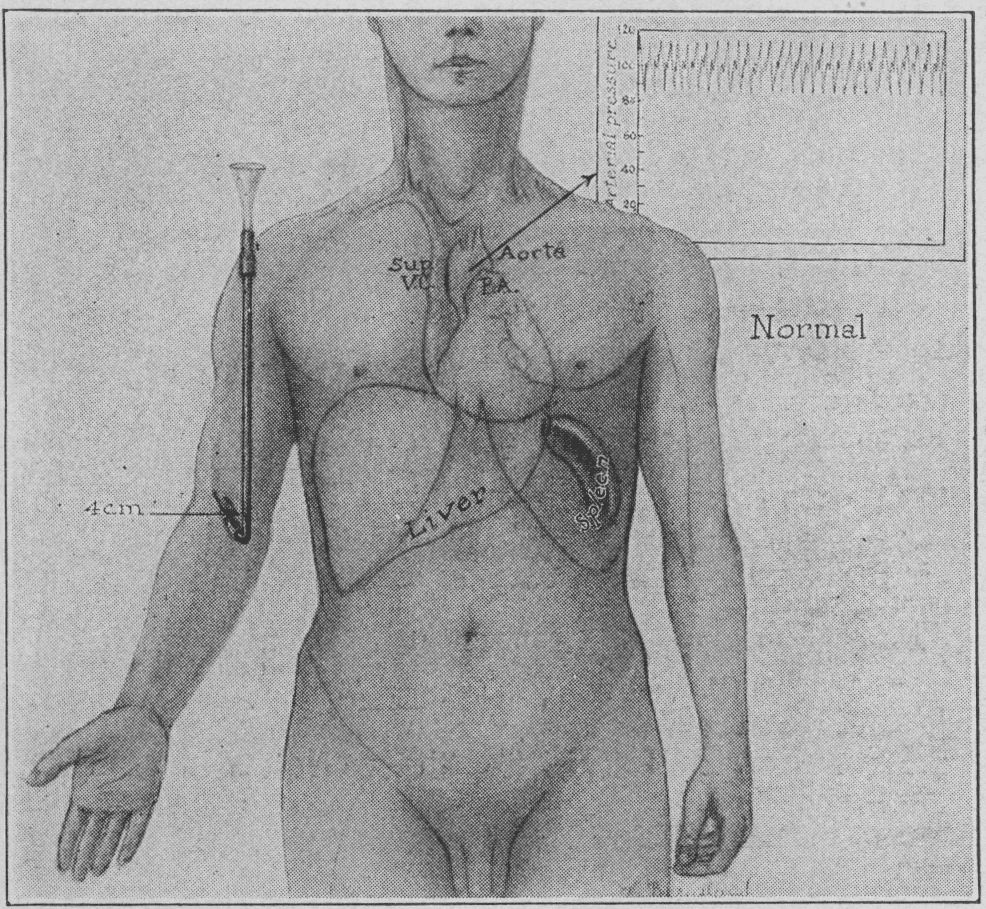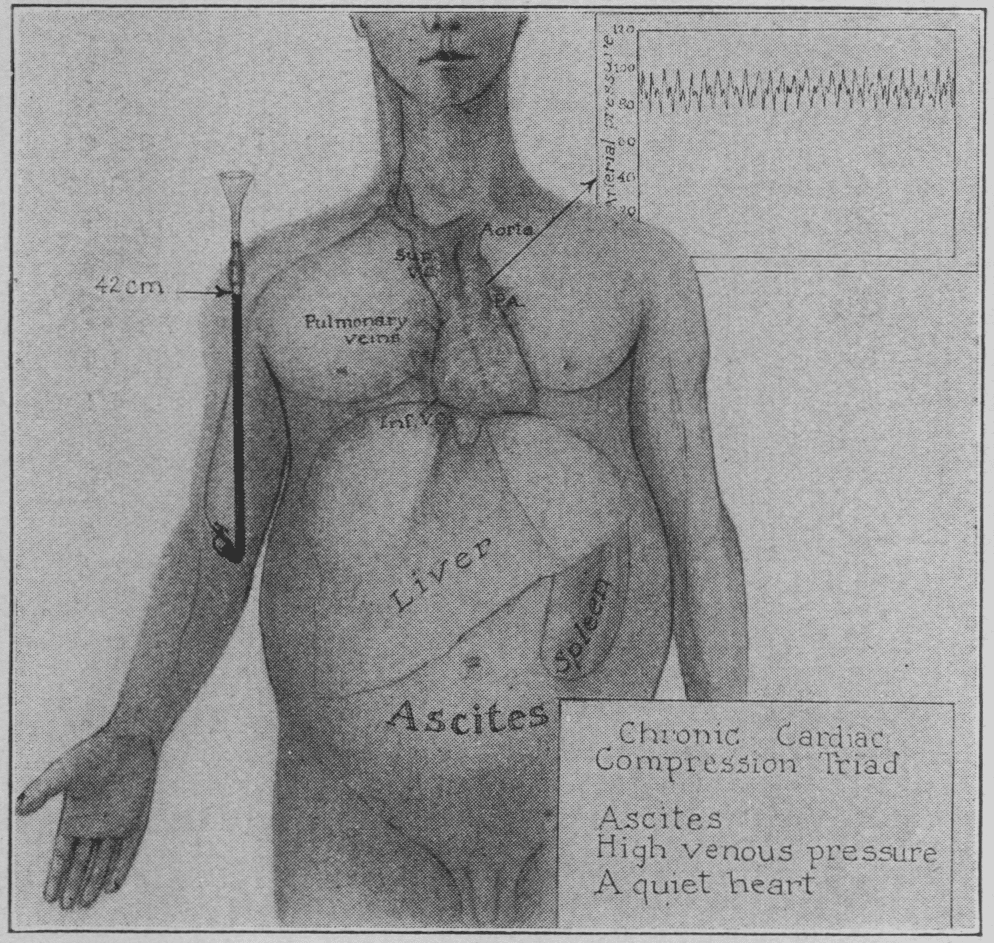Funtabulously Frivolous Friday Five 341
Just when you thought your brain could unwind on a Friday, you realise that it would rather be challenged with some good old fashioned medical trivia FFFF, introducing the Funtabulously Frivolous Friday Five 341
Question 1
A young male presents with an all-over body rash and burning sensation. He took a whole kitchen full of supplements for a pre-workout mix. He’s never been allergic to anything before and the rash has just given him widespread redness. No urticaria, no wheeze or throat symptoms.
You see for once there isn’t caffeine tabs in the mix. As you sift through the 25 different tabs he’s taken his rash resolves and he feels better more than 2 hours after he took the supplements.
What common supplement caused this flushing phenomenon?
Reveal the funtabulous answer
Niacin (nicotinic acid vitamin), or vitamin B3
It is an essential vitamin. Adults require a daily dietary intake of about 15 mg. At much higher doses (1000 to 2000 mg per day) niacin is used as a treatment for high cholesterol. And in some sports shops as a pre-workout supplement. I mean if you feel like your body is on fire then I guess you might run faster.
Higher doses of niacin cause intense flushing or “prickly heat” sensation to the face and upper body, usually 15-30 minutes after taking a relatively large dose (e.g. 500 mg). This flushing is experienced by almost everyone and, while it might feel like an allergy, it is not a true allergic reaction.
The key to reducing the intensity of niacin flushing is to start with a low dose and gradually increase the dose over a period of weeks. Taking it with food also helps reduce the intensity of the reaction.
Reference:
- Anon. Don’t overlook niacin for treating cholesterol problems. Harvard Heart Letter. April 2004.
- Meyers CD, Carr MC, Park S, Brunzell JD. Varying cost and free nicotinic acid content in over-the-counter niacin preparations for dyslipidemia. Ann Intern Med. 2003 Dec 16;139(12):996-1002.
- Lee T. Is no-flush niacin as effective as other kinds of niacin? Harvard Heart Letter. March 2010.
- Jacobson TA. A “hot” topic in dyslipidemia management–“how to beat a flush”: optimizing niacin tolerability to promote long-term treatment adherence and coronary disease prevention. Mayo Clin Proc. 2010 Apr;85(4):365-79
- Niacin: BC Drug and Poison information Centre
Question 2
Which member of the British Royal family died after, Disraeli described in the House of Lords, the “kiss of death“?
A few clues for those not up on the British monarchy. The five children all became ill with sore throats. One of them had what was described as a ‘bull’s neck’.
Reveal the funtabulous answer
Princess Alice, daughter to Prince Albert and Queen Victoria.
The entire household became sick with diphtheria. It started on the 5th of November with her eldest daughter complaining of a stiff neck. The disease soon spread to her other children Alix, Marie, Irene and Ernest (Elizabeth was the only one to escape as she was staying with her mother-in-law).
Marie became unwell on the 11th of November and developed the ‘bull’s neck’ sign. By the 15th Princess Alice was called to her bedside but Marie choked and died before she could get there. Princess Alice kept her death a secret from the other children for weeks until Ernest asked for her. By all accounts, Ernest reacted uncontrollably to the news and Alice broke her rule of getting too close to the children when they were sick. She calmed him down and gave him a kiss.
She didn’t initially become ill but by the 14th of December (the anniversary of her father’s death) she fell unconscious at 0230. Her last words were “dear Papa”. Princess Alice died at 0830.
For more information see our post on diphtheria and a case of tonsilitis on the short-stay round.
On her tomb is a monument of her holding Princess Marie in her arms.

Reference:
- Whitfiled AG. The kiss death (Princess Alice). Ann R Coll Surg Engl. 1979;61(5):390-392.
- Princess Alice – Wikipedia
Question 3
You are minding your own business when a 20-year-old comes into the trauma bay having been stabbed in the chest. They arrest in front of you, bilateral thoracotomies are done and a massive transfusion protocol is underway. You highly suspect cardiac tamponade and open the chest while your colleague manages the airway.
As suspected, the pericardium is tense, you deliver the heart and discover a 3cm laceration through the right ventricle. The trouble is now he has cardiac output and every time you try to get visualisation you get squirted with red stuff in your face. A helpful trainee suggests the Sauerbruch grip.
What is the Sauerbruch grip?
Reveal the funtabulous answer
…something new for your trauma tool box!
Where bleeding is so profuse that the wound cannot be located, it is sometimes necessary to resort to the procedure of Sauerbruch. The technique involves compression of the base of the heart and vena cava by the ring and middle fingers; then compression of the right heart between the thumb and index finger. This causes inflow occlusion of the heart and allows for ease for suturing of cardiac lacerations

References
- Meier C. Ernst Ferdinand Sauerbruch. LITFL
Question 4
While on the cardiology bandwagon we have all had Beck’s triad drilled into us during our training. You know the one: hypotension, distended neck veins and muffled heart sound to indicate cardiac tamponade. I also suspect you know that many authors have disputed the sensitivity of this sign with numerous patients arrested from cardiac tamponade with none of these signs.
How many patients did Beck study before he came up with his triad and how many triads did he publish?
Reveal the funtabulous answer
9 patients and 2 triads.
While the literature published would indicate Beck rapidly came to his triad from the observation of 9 patients with chronic pericardial effusions or “Pick syndrome“, he had in fact been researching pericardial and cardiac injuries for some time. In 1929 he published works on the injection of Chlorinated Soda (Dakin’s solution) into the pericardium of 12 dogs. He notes the enlarged heart on x-ray, muffled heart sounds, tachycardia and hypotension.
In 1935 he also published his research on 168 case reports in the literature of blunt cardiac contusion. He notes one patient who became critically unwell had dullness to the pericardium and had muffled heart sounds. Aspiration of the bloody pericardial contents resulted in a complete cure. In the same paper, he reports on 25 dog experiments whereby they opened up the chest cavity of healthy dogs and beat the hearts with a 40lb weight. Interestingly of the 168 human case reports only 12 people survived their crush injury, all survivors having various reports of arrhythmias and pericarditis. Beck was surprised that only 3 of the dogs died. How could there be such a discrepancy? On the one hand, we have multiple case reports of humans dying and on the other when he and his team literally beat the canine heart it recovers. Beck concluded that we were wrong in our current thinking. Those that survived their crush injury were unlikely to become a case report and the dog experiments proved that the heart was quite capable of recovering from blunt cardiac trauma, albeit with the occasional arrhythmia, pericarditis, rarely pericardial effusion and rarer still a cardiac rupture.
Beck appears to be more of a vigorous scientist than his 1934 paper would suggest. Equally in his famous 1935 paper, he reports on numerous aetiologies that can cause pericardial effusions – far more than could have come from the observation of 9 patients.
And to the second part of our question. Not many people know he had 2 triads. Beck was fully aware of the compensatory mechanisms of the pericardium with a chronic pericardial effusion and so distinguished the clinical and physiological findings one would expect between an acute or chronic pericardial effusion. If you have the time to read his original papers he was obsessed with understanding the physiology behind the clinical findings.
Beck’s triad (1. acute cardiac compression triad)
In 1935, Beck described an acute cardiac compression triad which consisted of:
1) A falling arterial pressure, 2) a rising venous pressure and 3) a small, quiet heart. All other clinical manifestations of acute compression are secondary to this triad. The great venous gateway to the heart (the intrapericardial segments of the venae cavae and the right auricle) is partially or completely collapsed. The ventricles are also smaller than normal.
Beck 1935
Beck’s triad (2. chronic cardiac compression triad)
In the same paper of 1935, Beck outlined the clinical picture of the chronic cardiac compression triad.
The chronic cardiac compression triad consists of 1) a high venous pressure, 2) ascites and 3) a small quiet heart. All other clinical manifestations of chronic compressions are secondary to this triad.
Beck 1935
Normal circulation Beck’s triad ACUTE Beck’s triad CHRONIC
For comparison, normal (fig. 1), acute (fig. 2) and chronic (fig. 3): The acute compression is produced by fluid in the pericardial cavity. Note collapse of venous gateway and distention of veins outside the pericardium. The ventricles are shrunken and the heart per se is smaller than normal. The parietal pericardium has not had time to dilate, nor has there been sufficient time for the liver to enlarge and for ascites to form. In the illustration for chronic compression of the heart the compression is produced by scar tissue. The heart is a small shrunken organ in contradistinction to cardiac dilatation. The veins dilate in response to the high venous pressure. The liver and spleen enlarge and ascites develops. [Beck 1935]
Reference:
- Beck CS, Cushing EH. Circulatory stasis of intrapericardial origin. The clinical and surgical aspects of the Pick syndrome. JAMA. 1934; 102(19): 1543-1548.
- Bright EF, Beck CS. Nonpenetrating wounds of the heart: A clinical and experimental study. American Heart Journal 1935; 10(3): 293-321
- Beck CS. Two cardiac compression triads. JAMA. 1935; 104(9): 714-716 [Beck’s triads]
- Cadogan M. Claude Schaeffer Beck (1894-1971). LITFL
Question 5
For those of you that have published will know the stress of trying to get a journal to accept, and then the numerous edits (well maybe not if you are a better writer than me). Then finally relief, and reward of getting your article published. But what others might not know is the onslaught of spam from other dubious journals requesting other articles or books from you.
In 2005 two computer scientists had an idea to publish a paper titled: “Get Me Off Your F*&king Mailing List“. What happened to this paper?
For those who find the F-bomb offensive, do not reveal the answer, as the full paper is behind that tab to read.
Reveal the funtabulous answer
It was peer reviewed, and published
David Mazières and Eddie Kohler wrote a 10 page highly profane article along with a nice flow chart and scatter-plot graph. As you can imagine the article did the internet rounds until an Australian computer scientist Peter Vamplex got annoyed with the aforementioned spam. In retaliation, he sent the article to the International Journal of Advanced Computer Technology. Thinking someone would open and read the pdf he was surprised that it got accepted and an anonymous reviewer rated it as “excellent”. A fee request for $150 was made and within weeks the article was officially in a journal.
As you can imagine this is not the first time predatory journals have been caught out. This raises an important issue in our current climate of people quoting published works that are essentially being paid to print. Expect higher fees in 2022 if you want to publish something similar – $1000-$5000.
A nod to Dr Dan Kim from Vancouver for pointing this article out to us.
…and Finally

FFFF
Funtabulously Frivolous Friday Five
Dr Neil Long BMBS FACEM FRCEM FRCPC. Emergency Physician at Kelowna hospital, British Columbia. Loves the misery of alpine climbing and working in austere environments (namely tertiary trauma centres). Supporter of FOAMed, lifelong education and trying to find that elusive peak performance.




Very interesting, reminds us to think outside the box
Beta-alanine can also cause a similar presentation to what was described in Question 1! Common pre-workout supplement, causes the “hot-pricklies” as well.
Victoria was her eldest daughter who 1st contratced diptheria.
Friedrich William Augustus Victor Leopold Louis was the one who suffered hemopheila